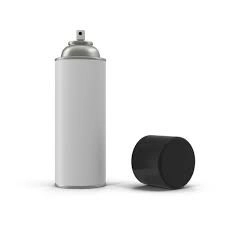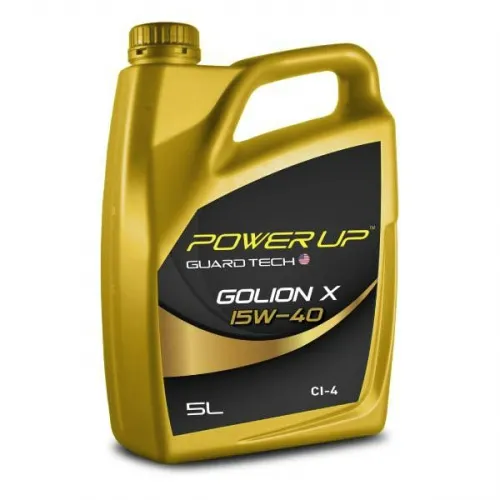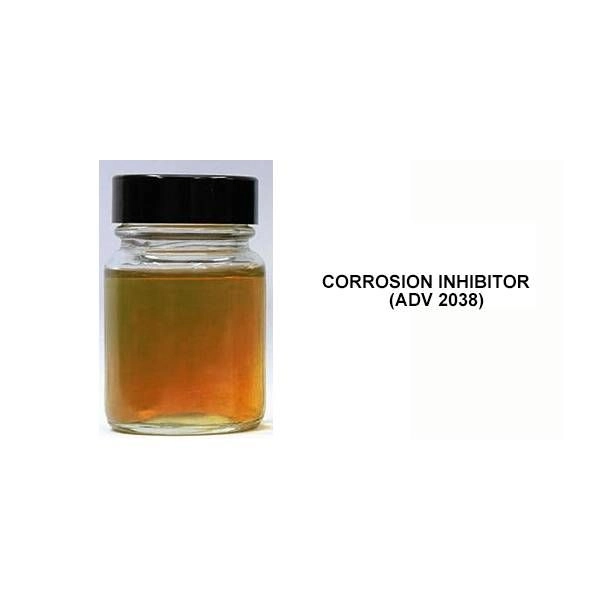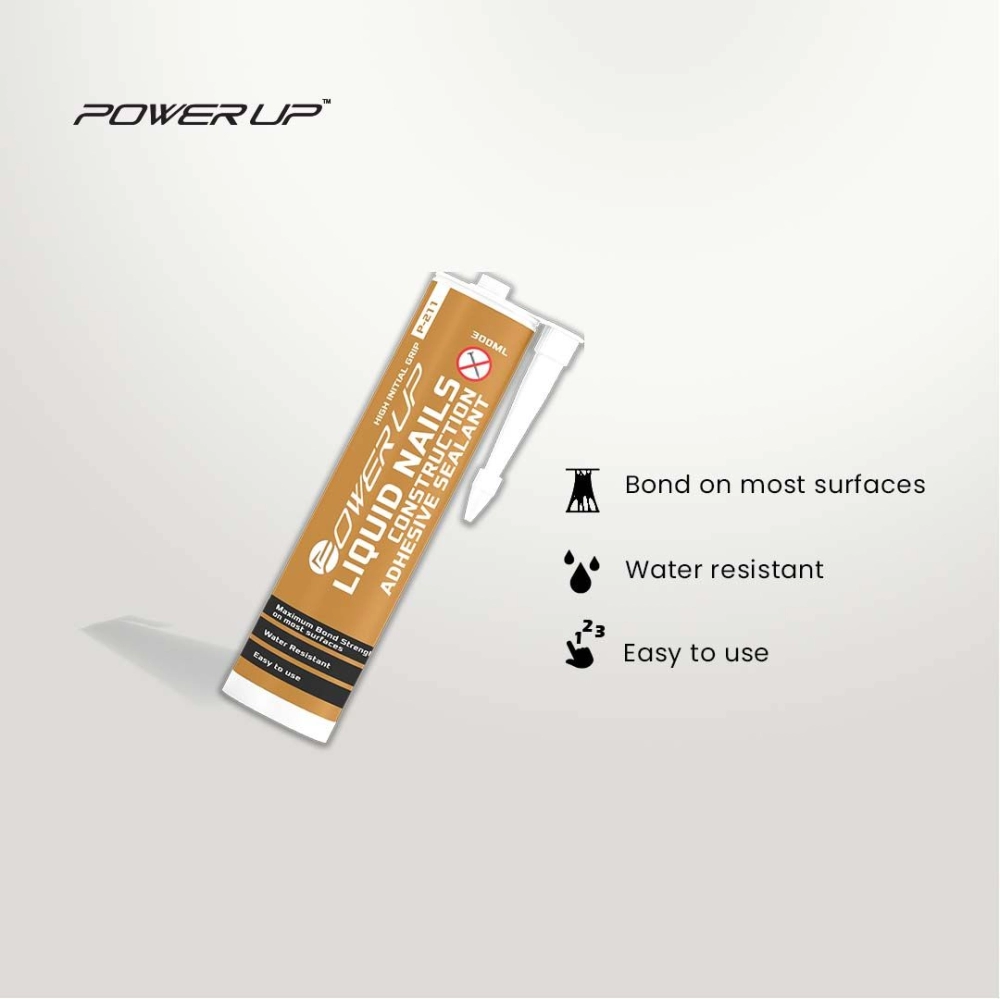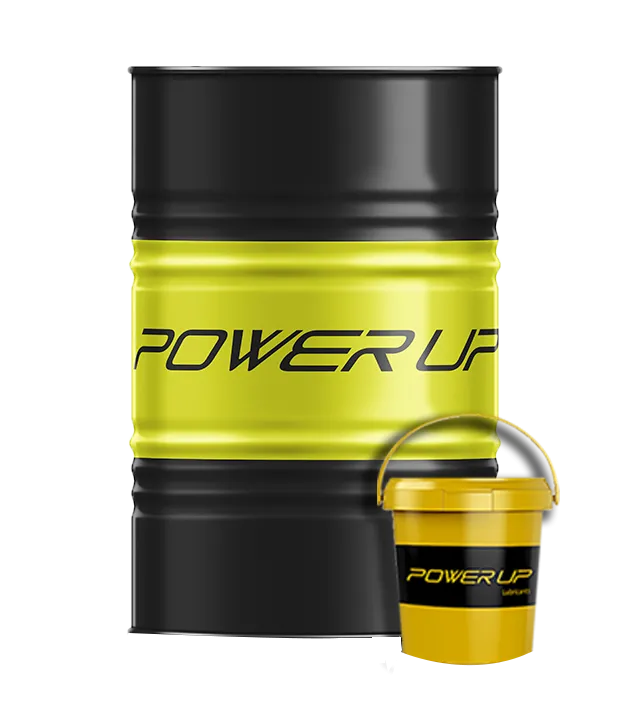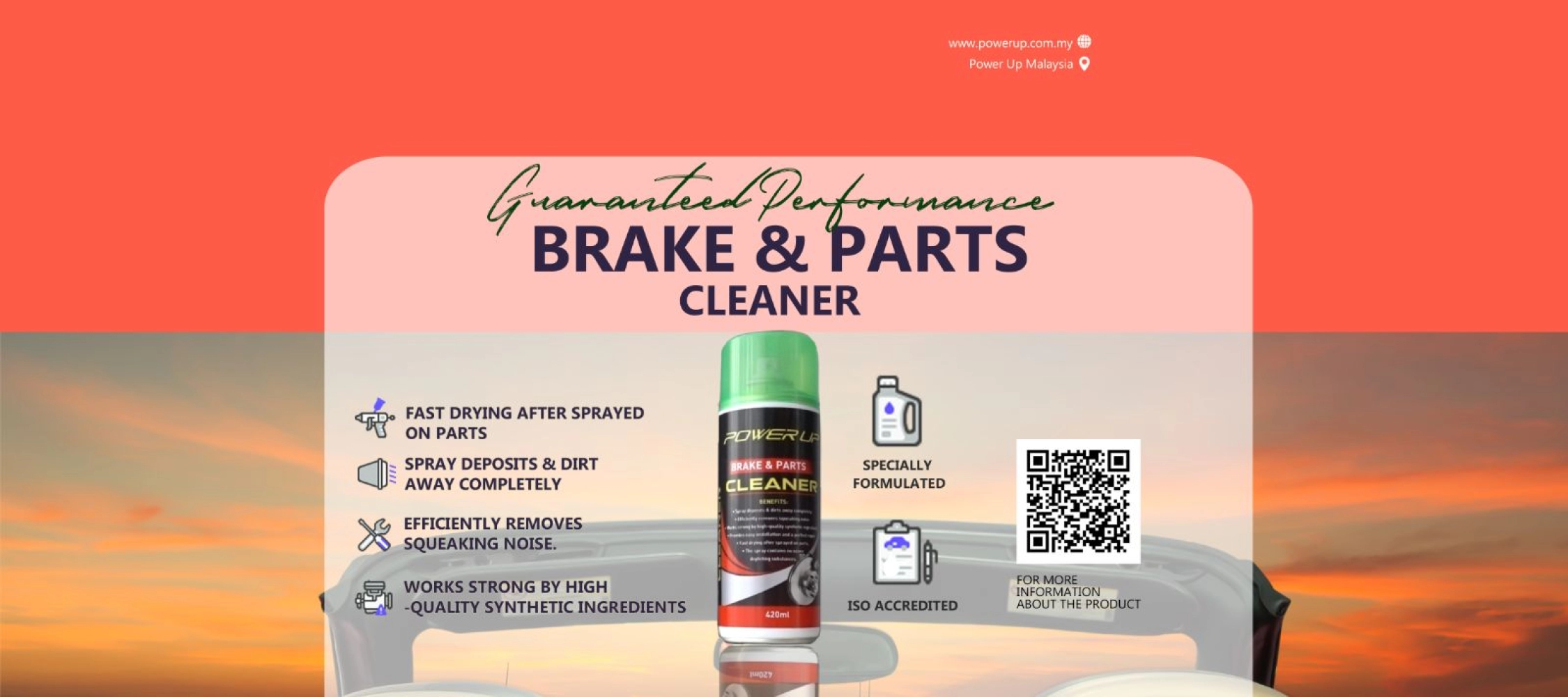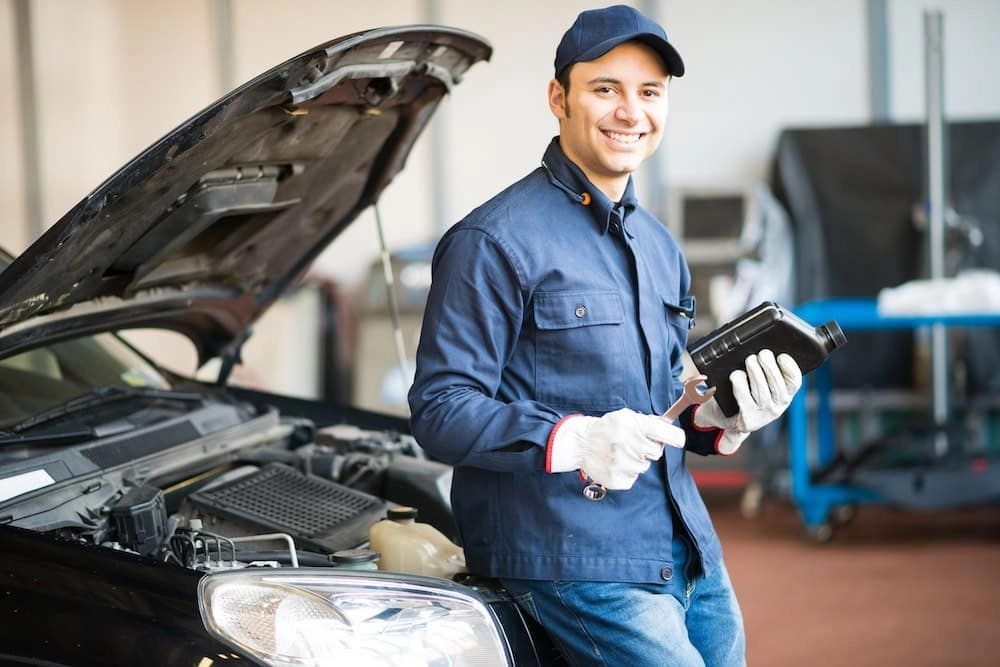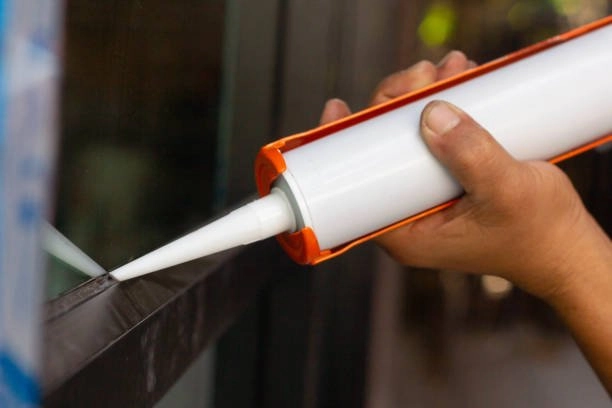How to check and top up your engine oil
How to check your car’s engine oil
Firstly, park your car on flat, level ground, and wait for the engine to cool down. This is very important as it will ensure that the oil levels are uniform within the engine, and it also guards against expansion due to heat. If you were to measure the oil while the engine was hot, it might appear that there’s more in there than is actually present.
Next, open the bonnet and make sure you have a length of kitchen towel or a cloth to hand. Locate the car’s dipstick - a long, thin metal rod that usually has a yellow or orange plastic handle. This is normally easy to access and close to the engine itself.
Gently remove the dipstick, being careful not to flick oil over the engine and other components. Wipe it clean, reinsert it, and then pull it out again.
The dipstick has minimum and maximum marks at the end, and a healthy engine should leave an oil mark between the two. Preferably, this will be closer to the maximum end than the minimum end.
At this point, check the colour of the oil. It should be golden, and if it’s dark or black, it’s getting old and you should consider having it changed.
Once you’ve finished checking the oil, you should firmly reinsert the dipstick back into the engine.
How to top up your oil
If you need to top up your oil, remember that it’s crucial that you use the correct oil for your engine. Check the car’s handbook to see which oil the manufacturer recommends for the car.
Topping up the oil is very simple. Again ensuring that the engine is cool, unscrew the oil cap, which is usually located at the top of the engine. If you’re unsure about this step, consult your local dealer or check the handbook.
Using a funnel, pour a small amount of oil into the engine, giving it time to settle, then check the oil level with the dipstick. If you still need to add more, simply repeat the process, remembering to add small quantities each time.
Avoid overfilling the engine with oil, as this could lead to significant damage.
If you think you’ve encountered a problem, it’s best to get an expert opinion from a local dealer or garage. Poor maintenance could lead to costly repairs in the future.

